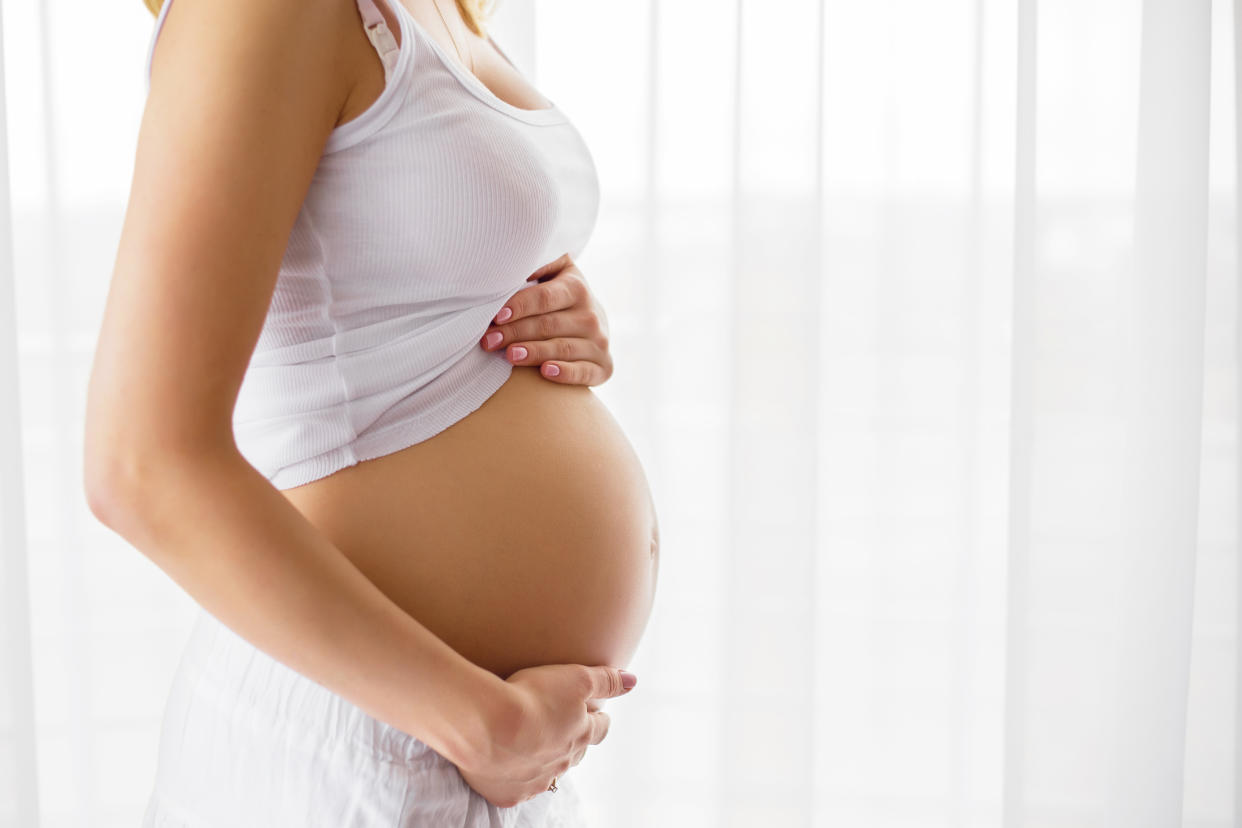Women may be more likely to become pregnant in autumn or winter

Women living in the northern hemisphere may be more likely to conceive during autumn or winter, research suggests.
Scientists from Boston University found birthdays in the US peak in early September, with conception occurring around nine months earlier in December.
In “Northern states” - like Scandinavia - more people are born in spring or summer, suggesting an early autumn or winter conception.
While it is unclear exactly why this occurs, the scientists wonder whether vitamin D, temperature and humidity could affect fertility.
Read more: Fertility experts debunk the most common myths around conceiving
Infertility is a big issue, with around one in seven couples in the UK struggling to conceive.
In the US, around 12%-to-13% of couples find it difficult to become pregnant.
Women may consciously plan when to conceive, perhaps to avoid being pregnant during the hot months or to enjoy more flexible summer working hours.
A spike in November birthdays is often harked back to couples getting intimate on Valentine’s Day.
“There are a lot of studies out there that look at seasonal patterns in births, but these studies don't take into account when couples start trying, how long they take to conceive, or how long their pregnancies last,” said lead author Dr Amelia Wesselink.
“After accounting for seasonal patterns in when couples start trying to conceive, we found a decline in fecundability in the late spring and a peak in the late fall.”
Fecundability refers to the odds of conceiving during any one menstrual cycle.
Read more: Dramatic moment a pregnant woman, 30, gives birth in a hospital corridor
To learn more about the patterns of conception, the scientists looked at over 14,300 women who had been trying to become pregnant for less than six months.
Of these, more than 5,800 were American or Canadian, taken from the BUSPH-based Pregnancy Study Online.
More than 8,500 participants were taken from the Danish Snart Gravid and Snart Foraeldre studies.
The women completed “detailed surveys” every two months until they conceived or had been trying for around a year.

Results - published in the journal Human Reproduction - suggest the women were most likely to start trying to become pregnant in September, particularly in the US.
The scientists wondered if the women were hoping to give birth in the summer, when work may be less busy.
Conception generally occurred in late November or early December.
This was particularly true at “lower latitudes”, like the southern US states.
Overall, different seasons were found to affect pregnancy rates in North America by 16%.
In the south of the US, however, seasonal variation came in at 45%.
The Danes were found to have an 8% boost in autumn and dip in spring.
Read more: Detox teas left a woman pregnant after they interfered with her pill
The results remained true after adjusting for factors that are known to influence fertility, like “intercourse frequency”, smoking and the use of certain medication.
“Although this study cannot identify the reasons for seasonal variation in fertility, we are interested in exploring several hypotheses on seasonally-varying factors and how they affect fertility, including meteorological variables such as temperature and humidity, vitamin D exposure, and environmental exposures such as air pollution,” said Dr Wesselink.
Sperm count has been shown to decline in the summer, which could be related to heat, day length or a man’s “body clock”.
Day length and exposure to infectious diseases may also come into play.
The scientist stress: “The factors that account for the seasonal pattern in fecundability are yet to be identified.”


